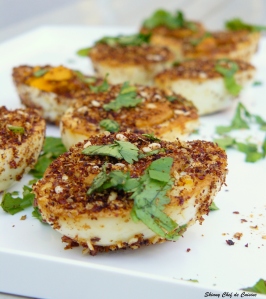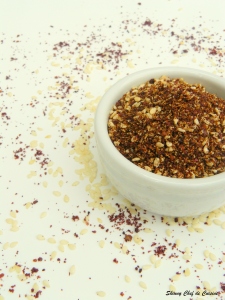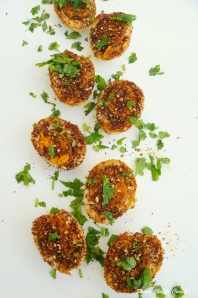I love to travel – an even bigger hobby than food (ok, that is cheating as travel always involves food). Usually travelling is about discovering faraway places and exotic lands. Which makes it even more special to discover a hidden gems on my own doorstep. Again, I am not being accurate… this discovery was not quite THAT close to home, to be honest.
I was visiting friends up in the north. They took me to visit this little town so far off in the northern corner of the country that my navigation system actually took me through Germany on my way home. But back to this amazing place, the fortress town of Bourtange.
A short history of the place: it was built, it fell into ruin and it was rebuilt. To add some dates to that 1593, 1851, 1967. But those facts really do not say much. That is why I borrowed the below picture from the town’s website.
The reason for the fortresses star shaped design was the increased use of the canon in battle in the 15th century. The old medieval ring shaped fortresses proved vulnerable to cannon fire, which resulted in the rise of the star shaped fortress first in Italy and then throughout Europe.
But as I said at the beginning of this post: travel always involves food and this little trip was no exception. Before we set out in the morning I was treated to a fabulous breakfast. It has become quite a tradition that, whenever I visit, we start the day in the kitchen were HMM and I get to chat whilst JMM conjures up the most amazing treats for us – like those tasty scones I posted a while back.
So here I am sitting in a Dutch kitchen about to discover the skillet pancake which in the States is apparently also known as Dutch Baby Pancake or German Pancake. As I have never seen one of these babies either in the Netherlands or in Germany I was a little puzzled, but Wikipedia is quick to explain that these pancakes were the invention of a Seattle restaurant in the first half of the 19th century and that the use of “Dutch” was s a corruption of the German, “Deutsch”. But enough talk of faraway places, time for food:
These pancakes are whipped up within no time and are much less effort than regular pancakes as they cook all on their own in the oven. The pancake puffs up magically whilst baking and it is at its best if the crust is lightly crispy whereas the center still has a custardy texture.
These fluffy make a great vehicle for any type of topping: I was treated to icing sugar and apple sauce, but you could add fresh berries, oven-roast strawberries,caramelized pear – the variations are endless.
Ingredients
Serves 1-2
1 tbsp oil or 2 tbsp butter
3 eggs (room temperature)
60g all-purpose flour
120ml milk
a few drops of stevia (maple syrup, or sugar)
a pinch of salt
a few drops of vanilla essence
optional: a pinch of cinnamon
Recipe
- The batter can be prepared the night before and kept in the fridge. (I find they turn out even better when rested.)
- Heat the oven to 200C. Place a skillet or oven dish in the oven to heat up.
- Once the dish is hot add a few tablespoons of oil or butter.
- Whisk the eggs until well combined.
- Add the milk, stevia, salt, vanilla and cinnamon if using.
- Add the flour. Combine well.
- Pour the patter into the piping hot oven dish.
- Bake for 20-30 min. It should rise beautifully. You are looking for a golden center and a lightly dark edge.
- Serve hot as it will fall very quickly
- Toppings are endless, but I adore strawberries and icing sugar.
Tips & Variations
- add some berries to the batter
- add some lemon zest instead of the cinnamon
- make small pancakes by baking them in a muffin pan and reducing the cooking time slightly
- want something slightly similar but savory – try this Yorkshire Pudding recipe
Serve with
- apple sauce and icing sugar
- fresh strawberries and icing sugar
- fresh berries and yoghurt
- lemon juice and maple syrup
- brown sugar
- caramelized pears
- stewed (frozen) fruit or raspberry apple compote
Other pancake recipes

























